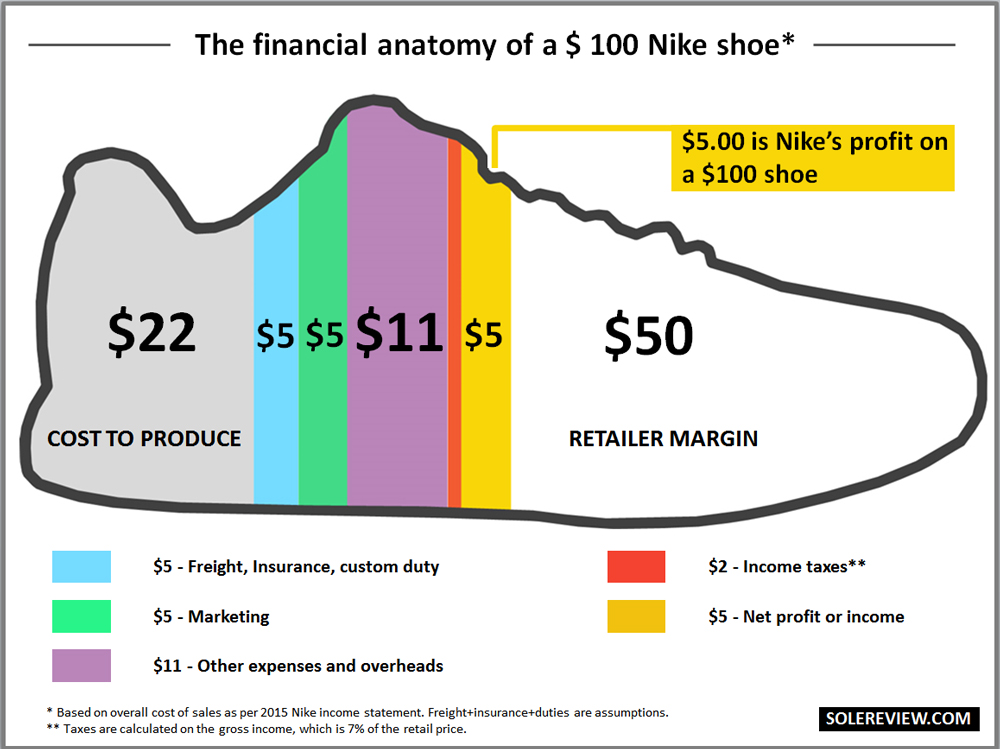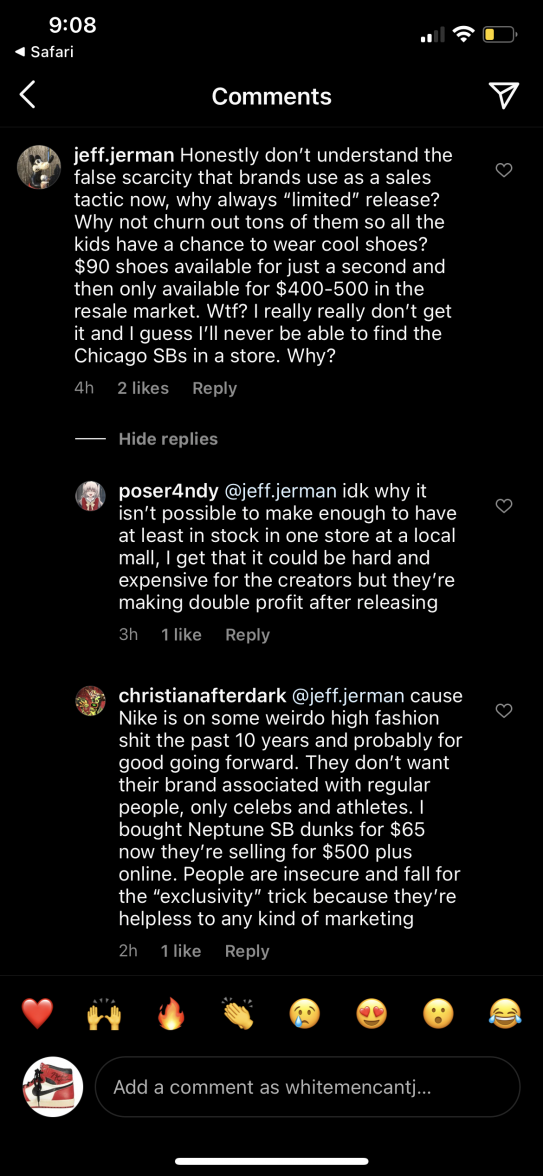Dan S
·So as someone who has only purchased one new watch in my life (all others have been used), what is the allure of buying a new GMT when Rolex has been making a version of this watch for over 60 years? I would think you can have instant gratification with any vintage/era GMT if you have the money to spend.
... Which of course is all to say I’m on “the list” for a new GMT but also currently saving for a 16750 😬
Yes! All good points. I think a new SS at MSRP is way cheaper than vintage with the added robustness of a warranty.
Vintage takes knowledge. However, if new Rolex sport models appealed to me (they don't), I would just buy one that's 10-15 years old. They are cheaper than new, readily available, and look almost identical.[/QUOTE]

